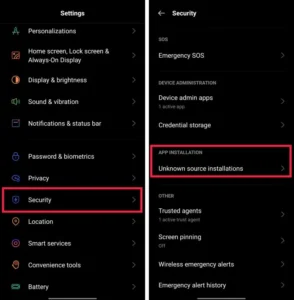A ViT, is a method introduced by students of Cornell University, that adaptively adjusts the inference cost of vision transformer (ViT) for images of different complexity. A-ViT achieves this by automatically reducing the number of tokens in vision transformers that are processed in the network as inference proceeds.
After reformulating Adaptive Computation Time (ACT) for this task, extend halting to discard redundant spatial tokens. The appealing architectural properties of vision transformers enable our adaptive token reduction mechanism to speed up inference without modifying the network architecture or inference hardware.

By demonstrating that A-ViT requires no extra parameters or sub-network for halting, as we base the learning of adaptive halting on the original network parameters. We further introduce distributional prior regularization that stabilizes training compared to prior ACT approaches. On the image classification task (ImageNet1K), we show that our proposed A-ViT yields high efficacy in filtering informative spatial features and cutting down on the overall compute.
The proposed method improves the throughput of DeiT-Tiny by 62% and DeiT-Small by 38% with only 0.3% accuracy drop, outperforming prior art by a large margin.
| Comments: | CVPR’22 oral acceptance |
| Subjects: | Computer Vision and Pattern Recognition (cs.CV); Machine Learning (cs.LG) |
| Cite as: | Download PDF: arXiv:2112.07658 [cs.CV] |
| (or Download PDF: arXiv:2112.07658v2 [cs.CV] for this version) | |





